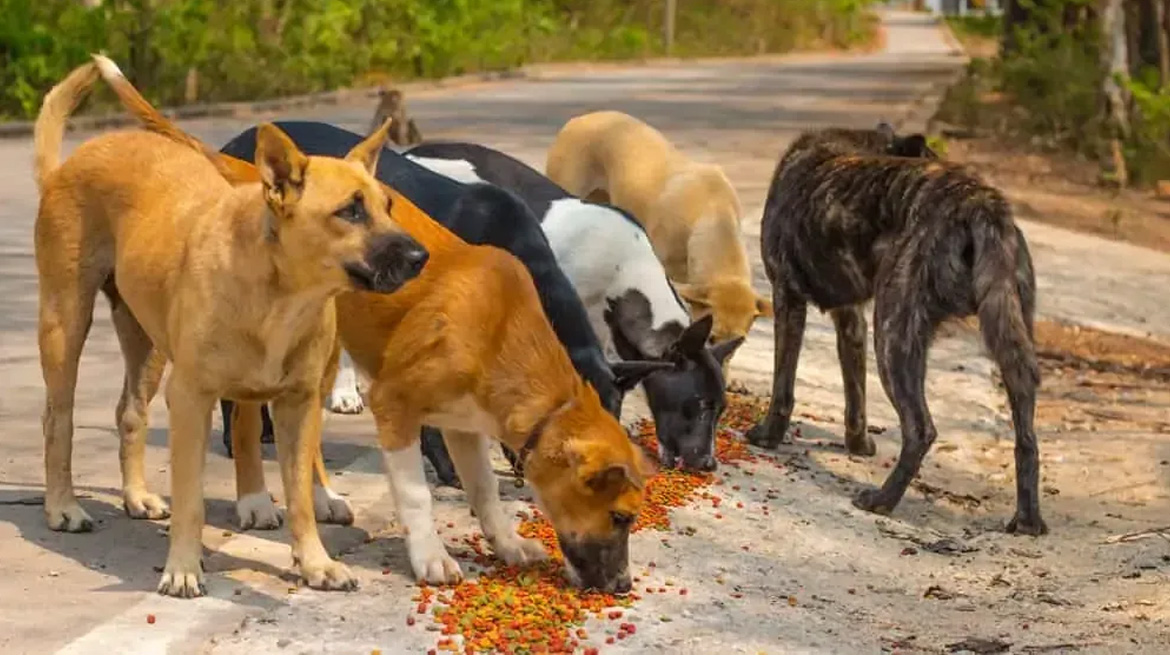Rabies, a deadly zoonotic virus, infects warm-blooded animals and humans. Feared since antiquity, rabies is invariably fatal and one of the most excruciating diseases known. Victims endure intense thirst and a terrifying hydrophobia, a debilitating fear of water.
Rabies Crisis and the Role of Dog Bites
According to the World Health Organization (WHO), rabies causes approximately 59,000 human deaths annually in over 150 countries, with India accounting for nearly 35% of these fatalities. In India, rabies is a significant public health concern, with 96% of cases stemming from dog bites. Children are especially vulnerable, comprising 40% of those exposed to dog bites in rabies-endemic regions.
The Ministry of Health and Family Welfare reports a 26.5% increase in dog bite incidents in India, rising from 2.18 million in 2022 to 2.75 million in 2023. Stray dogs are responsible for approximately 75% of these bites. While not all dog bites lead to rabies, seeking immediate anti-rabies vaccination is crucial as rabies is almost always fatal once symptoms appear.
The rise in Rabies cases is a major public health concern in India. In response, the central government has included anti-rabies vaccines in the National Health Mission’s essential drug list. Under the National Rabies Control Program, the government has launched the “Rabies Free City” initiative and has also started “Rabies helpline number – 15400” for dog bite victims. A “Rabies Free City” is one where no cases of Rabies are reported within the city or its surrounding areas. Also, in 2015, the global community set an ambitious goal: “Zero human deaths due to dog-mediated Rabies by 2030.” Achieving these targets requires concerted efforts from local authorities, animal health professionals, and the community to prevent and control the spread of the disease. Community involvement is very crucial for the success of such programs and particularly dog lovers need to reconsider the practice of feeding stray dogs to effectively address this issue of dog bite and Rabies.
The Dog Menace
The increasing population of stray dogs in urban as well as rural areas has led to a growing concern known as the “dog menace.” This issue presents various public health and safety risks. Stray dogs can transmit diseases like Rabies, canine distemper, and parasites to humans and other animals. Additionally, aggressive or territorial stray dogs pose a threat to human safety, especially children and the elderly.
Charity Feeding of Stray Dogs
While the intention behind charity feeding of stray dogs is commendable, it can inadvertently contribute to the dog menace. Feeding stray dogs can lead to an increase in their population, as it provides them with a reliable food source and encourages reproduction. Additionally, stray dogs may become dependent on human-provided food, which undermines their self-sufficiency and contributes to overpopulation with territorial aggression; making it difficult to control their population through other means. This unintended consequence can increase the risk of dog-human conflicts and, consequently, a rise in dog bites.
Solutions to Control the Dog Menace
To address the dog menace effectively, a combination of strategies is necessary:
Responsible Pet Ownership: Promote responsible pet ownership through education and awareness campaigns and prevent unwanted litters.
Stray Dog Management: Implement humane stray dog management programs, such as capture, neuter, and release (CNR) or capture, neuter, and rehoming (CNRH) initiatives. Charity organizations can do lobbying for government policies that support animal welfare and also provide financial and logistical support to such initiatives.
Provision of Veterinary Care: Dog lovers can offer affordable or free veterinary care to stray dogs.
Community Involvement: Foster a sense of community responsibility towards stray dogs. Encourage residents to report aggressive or sick dogs and to support local animal welfare organizations.
Public Health Measures: Implement public health measures to prevent the spread of diseases, such as vaccination programs and proper waste management. Animal lovers and charity organizations can also contribute by bearing expenses of vaccination and treatment of dog bite victims.
In conclusion, the complex interplay between feeding stray dogs, charitable efforts, dog bite incidents, and the heightened risk of Rabies underscores the multifaceted nature of these issues. By adopting a comprehensive approach that involves responsible pet ownership, humane stray dog management, community involvement, and public health measures, we can effectively control the dog menace and create a safer and healthier environment for both humans and animals.




